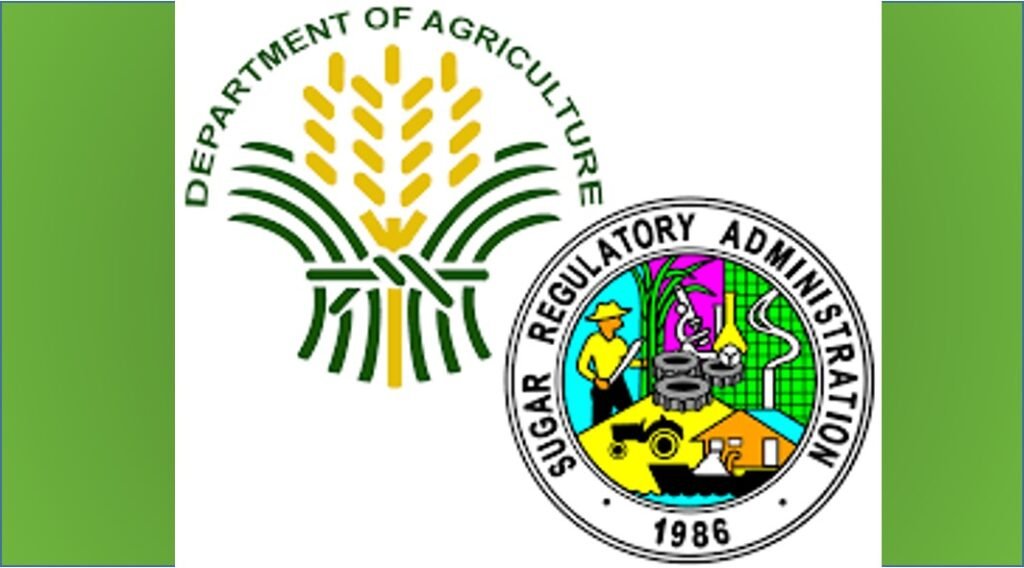- GILBERT BAYORAN
Two more planters’ federations joined the call for a lesser volume of sugar importation than the 450,000 metric tons proposed by the Sugar Regulatory Administration, for the two-month buffer stock.
In a joint letter submitted to the SRA Jan. 30, the National Federation of Sugarcane Planters (NFSP), headed by Enrique Rojas, and the Panay Federation of Sugarcane Farmers (PanayFed), led by Danilo Abelita, called for the importation of only 350,000MT of sugar to arrive in two tranches after the close of the current milling season and before the opening of the coming milling season this September.

In a joint statement, the NFSP and PanayFed said that their stand was reached in collaboration with the Confederation of Sugar Producers Associations Inc. (Confed), headed by Aurelio Gerardo Valderrama Jr., which submitted its stand to SRA Friday, and called for a more conservative volume of importation to arrive in two shipments, at 175,000MT each, in July and August.
Representing majority of sugar producers in the country, Confed, NFSP and PanayFed recently organized a sugar producers coalition called the Sugar Council, which serves as venue where sugar producers and other stakeholders discuss issues and craft recommendations for submission to policymakers.
Earlier, the three federations jointly requested SRA to provide actual and projected sugar production and demand figures to justify the request by soft drink companies to import sugar.
They recommended that the importation should be approximately 350,000MT to cover the two months buffer stock to arrive after the close of the current milling season but before the start of the coming milling season to minimize its effect on millgate prices, when regular milling begins in September 2023.
The SRA should also specify what volume of the importation will be refined and raw sugar, based on assessment of market requirements, what portion will go to the domestic market, and what will be earmarked for industrial and institutional consumers, with safeguards to ensure that sugar goes to the intended markets, the sugar producers added./GB




